 Written By: Dominick L. Flarey, Ph.D., RN-BC, NEA-BC, FACHE
Written By: Dominick L. Flarey, Ph.D., RN-BC, NEA-BC, FACHE
Telehealth is the use of digital information and communication technologies, such as computers and mobile devices, to access health care services remotely. It can be used to provide real-time clinical services to patients in remote locations, as well as to store and share medical data. Telehealth has the potential to improve access to care, quality of care, and patient outcomes.
In recent years, there has been a dramatic increase in the popularity of telehealth services. This trend is likely due to a variety of factors, including the increasing accessibility of high-speed Internet and mobile technologies, the rising cost of healthcare, and the growing demand for convenient and accessible healthcare services. Telehealth allows patients to consult with their healthcare providers from the comfort of their own homes, which can be a more convenient and affordable option than traditional in-person appointments.
Telehealth Care Benefits for Care Management
The use of telehealth in patient care is on the rise due to its many benefits. Telehealth allows patients to consult with their doctors from the comfort of their own homes, which is especially beneficial for those with chronic illnesses or mobility issues. It also saves time and money by eliminating the need for travel to and from appointments. In addition, telehealth can improve communication between patients and their care providers, leading to better overall health outcomes.
Despite its many advantages, there are some challenges associated with telehealth. For example, not all medical conditions can be effectively treated via teleconference. In addition, there may be technical difficulties that can impede the quality of the consultation. Nonetheless, telehealth is a promising solution that can improve patient care in a number of ways.
There are many benefits to telehealth, including increased access to care, improved patient outcomes, and cost savings. Telehealth can improve access to care by providing care to patients in rural or underserved areas. Additionally, telehealth can improve patient outcomes by providing timely and convenient care. Finally, telehealth can save money by reducing the need for travel for appointments and reducing the length of hospital stays.
Ease of Access to Health Care Management
The use of telehealth has improved access to care for patients by providing them with more convenient and affordable options. Telehealth allows patients to connect with their care providers from any location, which can be especially helpful for those who live in rural areas or who have difficulty accessing transportation. In addition, telehealth services are often less expensive than traditional in-person visits, which can make them more affordable for patients.
Telehealth is the use of digital information and telecommunications technologies to support long-distance clinical health care and patient care. By using telehealth, medical providers can more easily and conveniently provide care to patients who may not be able to come into the office for an appointment. This is especially beneficial for patients who live in rural areas or who have difficulty traveling. Additionally, telehealth can be used to provide follow-up care or consultations, which can help improve patient outcomes.
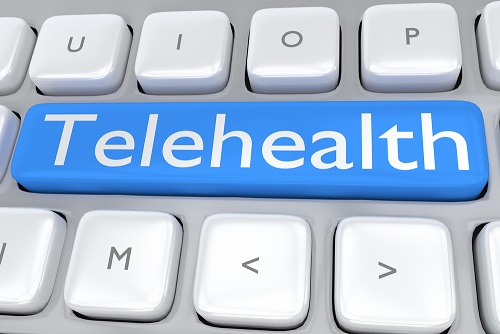 Compliance to Health Care Management
Compliance to Health Care Management
The increased comfort for patients using telehealth is due to the ability to consult with a medical professional from the comfort of their own home. This reduces stress and anxiety related to seeking medical care in-person, which can be particularly beneficial for those with chronic conditions or mental health concerns. In addition, telehealth appointments are typically shorter than in-person visits, which can also contribute to patients’ increased comfort levels.
There is evidence to suggest that the use of telehealth can help to reduce the number of missed appointments among patients. This is likely due to the fact that telehealth can help to improve communication between patients and their care providers, and can also provide patients with greater flexibility in terms of when and how they receive care.
The ease of patient care for patients who live far away from health care centers of providers has greatly increased due to the implementation of telehealth services. Through the use of video conferencing, patients are able to consult with their doctors or specialists from the comfort of their own homes. This increases accessibility to medical care and decreases the need for travel, which can be difficult for those with chronic health conditions.
Telehealth also allows for more timely appointments and shorter waiting times. This is beneficial for both the patient and the provider, as it reduces the overall time spent on each case. In addition, telehealth appointments can be scheduled outside of normal working hours, making it easier for patients who have difficulty taking time off work or school. Overall, telehealth has had a positive impact on patient care by increasing access to medical services and reducing wait times.
Cost Reduction and Improved Outcomes
The use of telehealth services can help reduce the overall costs for patients. This is due to the fact that telehealth services can help to improve communication between patients and their healthcare providers. In addition, telehealth services can also help to improve access to care for patients. By using telehealth services, patients can avoid having to travel to see their healthcare provider. This can help to save time and money for patients.
The use of telehealth can result in improved patient outcomes. This is because telehealth provides patients with access to care that they would otherwise not have. Additionally, telehealth can help to improve communication between patients and providers, and can provide patients with education and support.
Case Management by Telehealth
Telehealth has been shown to be an effective means of providing case management services, particularly for patients who live in rural or underserved areas. Certified case managers can provide a wide range of services via telehealth, including assessment, care planning, coordination, and advocacy. This type of care delivery can help to ensure that patients receive the comprehensive care they need, while also reducing travel time and costs associated with traditional in-person visits.
The use of technology in case management for in home care telehealth by nurse case managers is essential to providing quality care. Technology allows nurse case managers to keep track of their patients’ progress, schedule appointments, and communicate with other members of the healthcare team. In addition, technology can help nurse case managers educate their patients about their condition and treatment options.
The use of video conferencing by nurse case managers allows for real-time interaction with patients and families, which can be beneficial in a number of ways. First, it enables the nurse to build rapport and trust with the patient, which is essential for providing effective care. Additionally, it allows the nurse to gather information about the patient’s condition and needs in a way that is more efficient and convenient than traditional in-person visits.
Nurse case managers are using innovative technologies today to communicate with other team members. These technologies include electronic medical records, computerized provider order entry systems, and electronic prescribing systems. By using these technologies, nurse case managers can more effectively coordinate care for their patients and realize the benefits of telehealth in practice.
Conclusion
In conclusion, telehealth is a valuable tool that can improve patient care in a number of ways. By providing patients with convenient access to care, telehealth can help to improve health outcomes and reduce healthcare costs. In addition, telehealth can also help to increase patient satisfaction by providing them with more control over their own care.
Most all specialty practice in health care today are using telehealth in care delivery. This is seen even more frequently in the specialty practice of Case Management by professional Registered Nurses and professional Licensed Social Workers. The advent of more expanded technologies in patient care has allowed the practice of case management to significantly expand in recent years bringing significant benefits of telehealth to patients and to the health care team. The American Academy of Case Management offers a comprehensive continuing education and case management certification program for those who are practicing health care professionals. Professionals have a period of two years in which to complete the program but may accelerate if they wish. To learn more about the program, you may access here.
Additional Readings
Telehealth Benefits and Barriers. S. Garjarawala, N. Pelkowski. The Journal for Nurse Practitioners. Vol 17, Issue 2: 2021. Access here
Increasing Access to Care: telehealth during Covid-19. D. Hoffman. Journal of Law and the Biosciences. Vol 7, Issue 1: 2020. Access here
Strategies for Evaluating Telehealth. J. Chuo, et.al. Pediatrics. Vol. 146. Issue 5: 2020. Access here
On-Demand Synchronous Audio Video Telemedicine Visits are Cost Effective. G. Nord, et.al. The American Journal of Emergency Medicine. Vol 37. Issue 5: 2019. Access here


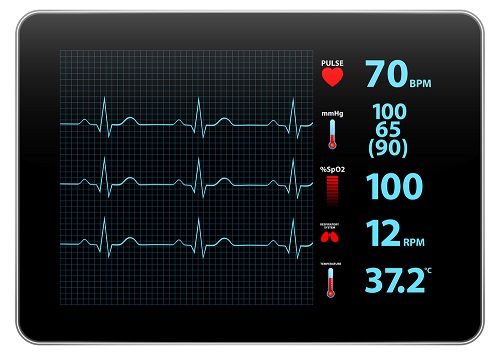


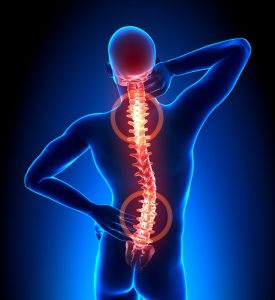
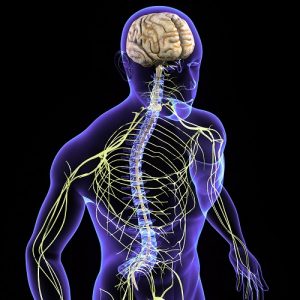
 By Lucy Peters
By Lucy Peters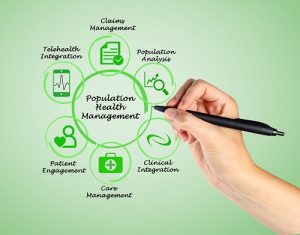
 Written By Lucy Peters
Written By Lucy Peters